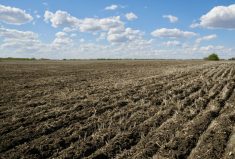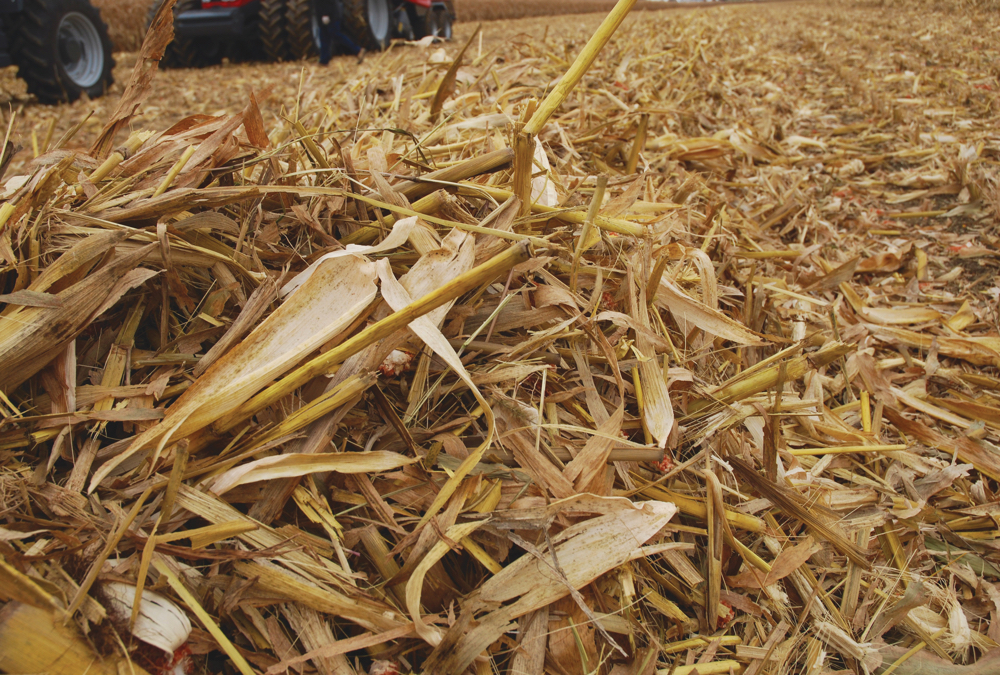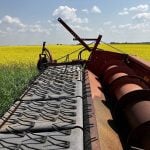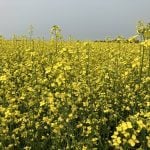When he lists the challenges of operating a business in Canada’s northern reaches, Stephane Lacasse, general manager of Kitikmeot Foods in Cambridge Bay, Nunavut mentions Mother Nature. Twice.
It’s enough to make him sound like a farmer.
That impression gets even stronger when he continues his list by saying that having a Plan B is essential.
After seven years at the helm, Lacasse says that also on his list are transportation, logistics, and breakdowns beyond his knowledge that slow everything down until a mechanic can get on site.
Read Also

What to consider when setting up farm-related business ventures
N/A
“You have to be a bit of a hybrid type of worker here,” Lacasse says. “You’re way in the north, so you need to learn different skills and tasks to make it.”
But despite the challenges, he’s an optimist, and he tries to keep everything in a long-term perspective. (Did I already say he sounds like a farmer?) Says Lacasse: “If it happened 10 years ago, and it’s happening again today, it’s going to happen in 10 years.”
Located at 69 degrees north in country’s youngest territory, the community of Cambridge Bay is north of Canada’s mainland, on the coast of Victoria Island.
Cambridge Bay has a population of 1,666, the majority of whom are Inuit, and in the local language called Inuinnaqtun, Cambridge Bay is called Iqaluktuuttiaq, meaning “good fishing place.”

It turns out to be a fitting name in any language, because this is a place rich in Arctic char.
In fact, community members began looking for business opportunities in their resources of both char and muskox in the 1970s, and Kitikmeot Foods was formally established in 1990.
Today, Kitikmeot is one of four fish and meat processing plants operating in the territory as a subsidiary of the Nunavut Development Corporation (NDC), a Nunavut government corporation.
Kitikmeot Foods runs year round, with a staff of six to eight in the plant. This number jumps to 15 workers in the plant during the summer harvest. Teams of local fishermen, totaling between 10 and 15 people altogether, are hired each season to harvest the char on four rivers close to the community.
The season starts at the beginning of July and lasts one to one and a half weeks when the fish are running to the sea. For about a month afterwards, no fishing is done while the char are in the sea, feeding and reproducing. The fishing starts again in mid-August and continues until the second week of September.
The Department of Fisheries and Oceans, whose staff is onsite during the harvest collecting data, sets the quota for how much fish can be harvested, currently at 98,000 lbs. of char per year.
On two of the lakes the char are caught with a weir, i.e. a v-shaped trap. At each end of the weir is an opening where fish can enter and exit. Most swim forward through a narrow channel and end up in what Lacasse calls a “sock.” Once the weir becomes full, it’s pulled up out of the water. In the other two lakes, char are caught in nets. The fishermen are paid per pound of fish they bring in.
Back on shore the fish are cleaned, put on ice in Styrofoam boxes, and transported by float plane to the community. After being washed and graded in the plant the fish are packed in ice again and shipped out by commercial airline. This whole process is usually completed the same day the fish is caught. Other products are processed or packaged and put into the freezers, ready to be shipped year-round.
The fish is a vibrant orange and the plant makes char fillets, steaks, and jerky — the most popular item — as well as candied and smoked char products. “Char is almost like salmon, but the taste is more wild,” Lacasse says. “The char that we have is a lot higher in omega 3 and oil content. And has less fat.”
Until 2013 Kitikmeot Foods had also organized a commercial muskox hunt and processed the meat. That ended when the number of muskox close to the community dropped and disease was found in the animals across the territory. Muskox products had accounted for 25 to 30 per cent of the company’s sales. To compensate, the plant committed 100 per cent of its time to char and pushed sales of the fish.
Local in the Arctic
The char caught in the rivers around Cambridge Bay and processed by Kitikmeot Foods is shipped to customers and high-end restaurants across America and Canada. It has been written about in the New York Times.
However, despite a North American marketplace that is hooked both by the quality of the char and by the Inuit-caught backstory from the Canadian Arctic, the focus for Kitikmeot Foods is to have their products available within the territory.
“Our emphasis is the Nunavut marketplace. Inuit are our clients, they are our core focus,’ says Darrin Nichol, president of the Nunavut Development Corporation, the 98 shareholder in Kitikmeot Foods. “We’re not against selling product outside of the territory, we don’t discourage that, but our emphasis is in Nunavut.”
“It’s a highly competitive environment. There are char farms, there are lots of options for fish outside of our product, and it can be an expensive endeavour,” Nichol says. “The markets in Nunavut tend to be closer, the marketing emphasis doesn’t have to be as high and the people tend to appreciate our product more for what it is, recognizing that it’s caught by the Inuit of Nunavut and provided back as a finished good.”
At the core of NDC’s mandate is creating employment, Nichol says, as well as generating income-earning opportunities and providing business support. NDC also works in sectors that people rely on for employment, although these sectors tend to be high-task, low-return.
NDC is also interested in ensuring that local food is available to the local population. Nichol speaks of walking into a grocery store in southern Canada. No matter the section of the store, locally grown food is usually available. “That’s economic development, that’s people supporting people, providing quality product for the clients of that grocery outlet,” he says.
NDC has worked with northern retailers to have food from their four plants available in each of the territory’s 25 communities. The demand for locally harvested food has increased as the cost of hunting equipment rises and as more of the territory’s citizens work in their communities, limiting the time that can be dedicated to hunting and fishing.
The meat and fish products from the four Nunavut plants are marketed under the brand “Truly Wild.” The logo has a fish making a splash as it jumps out of the water, with icebergs in the background. A lot of work was put into creating the brand and has been officially licensed. Nichol says that the “Truly Wild” brand is recognized, but reiterates that their focus is on the local market.
“Marketing is fine as long as you have the capacity to deliver what you’re marketing,” Nichol says. “Over the years — and I’ve been at this for a long, long time — where we do have to be a little bit careful, especially when you’re marketing in the south, is that you don’t overstate your ability to supply.”
Future plans
Kitikmeot Foods is preparing for growth, but it will be slow, measured growth.
Lacasse says there are no expansion plans in the near future. They will continue to harvest and prepare products to be put back into the Nunavut marketplace.
Because they fish sustainably and under a quota system, what they can harvest is not unlimited. While he’d like to see the muskox population bounce back, he doesn’t expect it to happen anytime soon.
Both Lacasse and Nichol see a market for caribou, but the feasibility of the hunt first needs to be assessed. “Logistics-wise, to carry caribou it’s not cheap. The caribou don’t stay put. They are that kind of animal that like to travel, travel, travel so much a day, so they’re always on the move. It’s not like the muskox,’ Lacasse says.
Going forward, Kitikmeot Foods will continue to operate on the business model it has built up over the past 24 years, sharing the fish that the rivers around Cambridge Bay have been endowed with.
Kitikmeot will also continue to provide employment for community members and local food for the territory’s population in a prohibitively expensive business environment.
The vagary of Arctic animals means the company must remain flexible. And Kitikmeot Foods will continue to contend with its number one challenge, Mother Nature, which as farmers know is always fickle, with a mind of her own.
This article originally appeared as ‘A little bit wild,’ in the March 31, 2015 issue of Country Guide
















